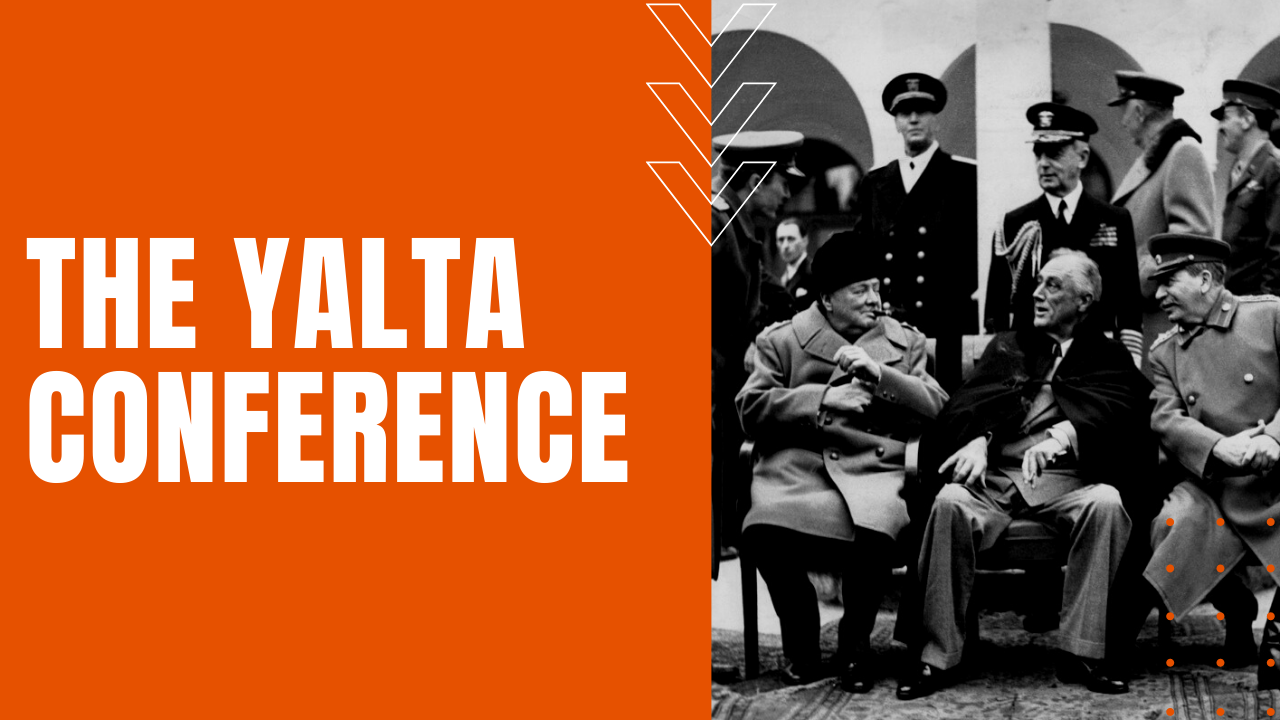Yalta Conference

Known as the Crimea Conference or more popularly the Yalta Conference, the Big Three Allied leaders came together at a palace in the Black Sea resort town of Yalta to determine the post-war fate of Europe.
When and Where Was the Yalta Conference?
Arriving on February 4th, 1945, and lasting for the next seven days, U.S. President Franklin D. Roosevelt, British Prime Minister Winston Churchill and Soviet Premier Joseph Stalin met at Livadia Palace to shape a post-war peace that represented not just a collective security order, but a plan to give self-determination to the liberated peoples of post-Nazi occupied Europe.
Marking the third wartime meeting between the Big Three, by the time of the Yalta Conference, the Allies had liberated all of France and Belgium, with fighting now closing in on the western border of Germany, while in the east, Soviet forces were less than 40 miles from Berlin, having already pushed the Germans out of Poland, Romania and Bulgaria.
Stalin Speaks for the Soviets
During the talks, Stalin agreed to enter the Pacific War against Japan within three months after the fall of Germany, and since the Russians had suffered egregious losses to German aggression in both world wars, the group agreed that Poland, Romania and Bulgaria, the historical corridors for forces attempting to invade Russia, would remain in the Soviet sphere as a security buffer for a war-weary Soviet nation.
The conference further set the boundaries for post-war occupation zones in Germany, including one for each three principal Allied nations attending the conference, along with a fourth zone for France, whose leader Charles de Gaulle was snubbed from the meeting—a diplomatic slight that caused a deep and lasting resentment in the French leader.
Despite the fact that Berlin resided in the Soviet’s zone, the city was further divided into four zones of occupation by the principle Allied nations. A Declaration of Liberated Europe was also created by the Big Three, which encouraged the people of Europe to create democratic institutions of their own design, and to hold free elections for governments responsive to the will of the people.
